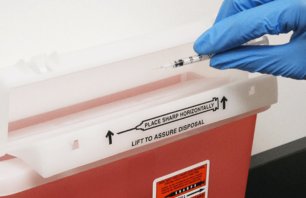Blogs
Find resources to improve your business from Stericycle’s waste and compliance experts. Our blogs can help you run your business safely, compliantly, and efficiently.
Blogs
Find resources to improve your business from Stericycle’s waste and compliance experts. Our blogs can help you run your business safely, compliantly, and efficiently.



